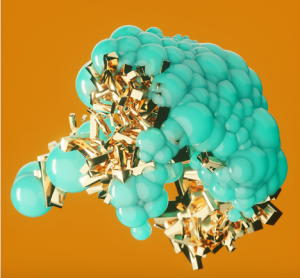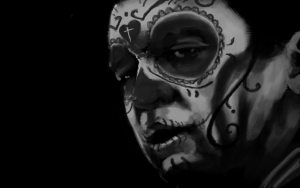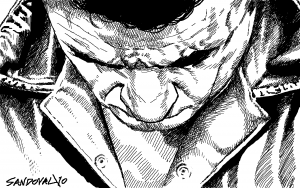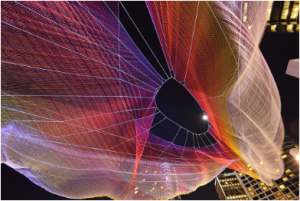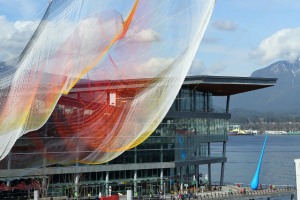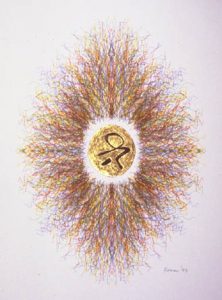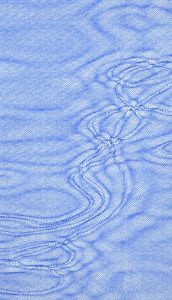Quayola – Pleasant Places/Familiar Landscapes – 2015
This project stuck out to me as soon as I came across the artists page from the list provided in the assignment. The artist uses, or rather plays with, image-analysis and manipulation algorithms to turn candid landscape photos into works of art not far removed from the work of Van Gogh himself. The project was initially inspired by the 17th century landscape prints by Van Gogh and I feel like they could not have done a more complete job of capturing his style. The artist uses custom software to reduce Ultra-High-Definition film/images from landscapes with detailed texture to two-dimensional masses of volume, thus creating the sweeping brush strokes you might see in a painting. What I think is the most inspiring aspect of this project is that by simply creating/playing with image-analysis and manipulation algorithms applied to videos and images of landscapes they can almost exactly replicate the color schemes and even brush strokes of a successful artist from so long ago. The videos, in particular, show exactly what you might see if you brought an authentic Van Gogh painting to life.
![[OLD – FALL 2016] 15-104 • COMPUTING for CREATIVE PRACTICE](../../../../wp-content/uploads/2020/08/stop-banner.png)
